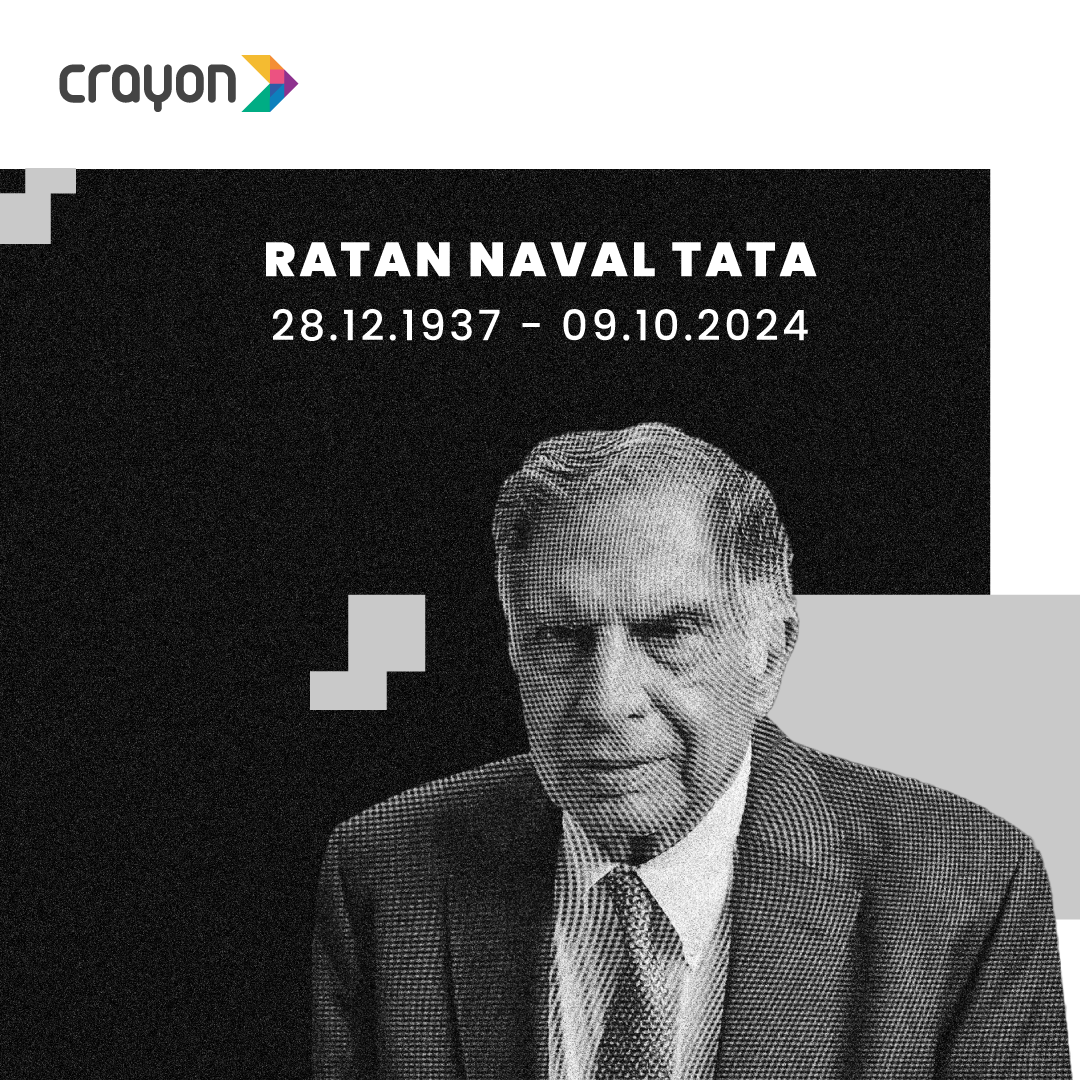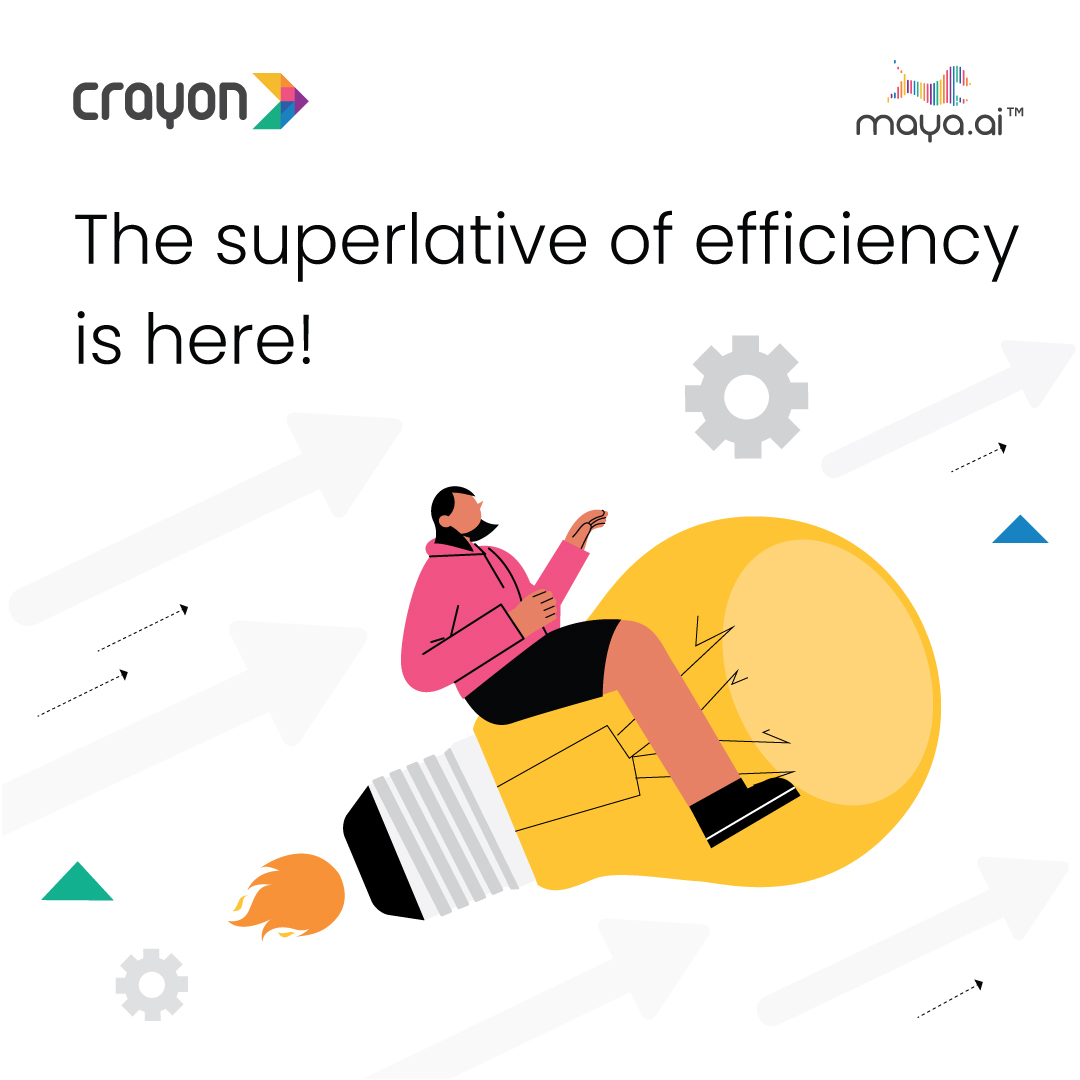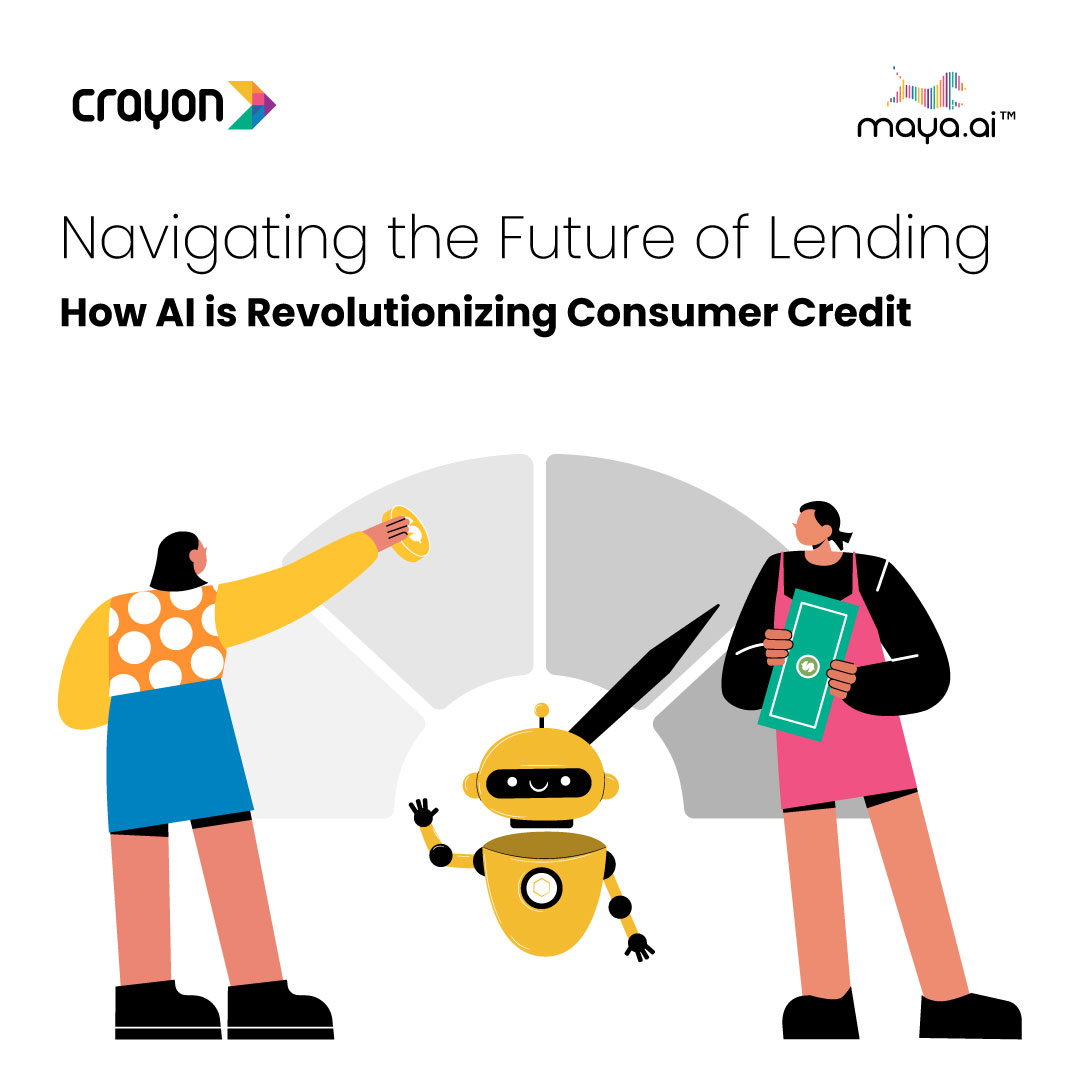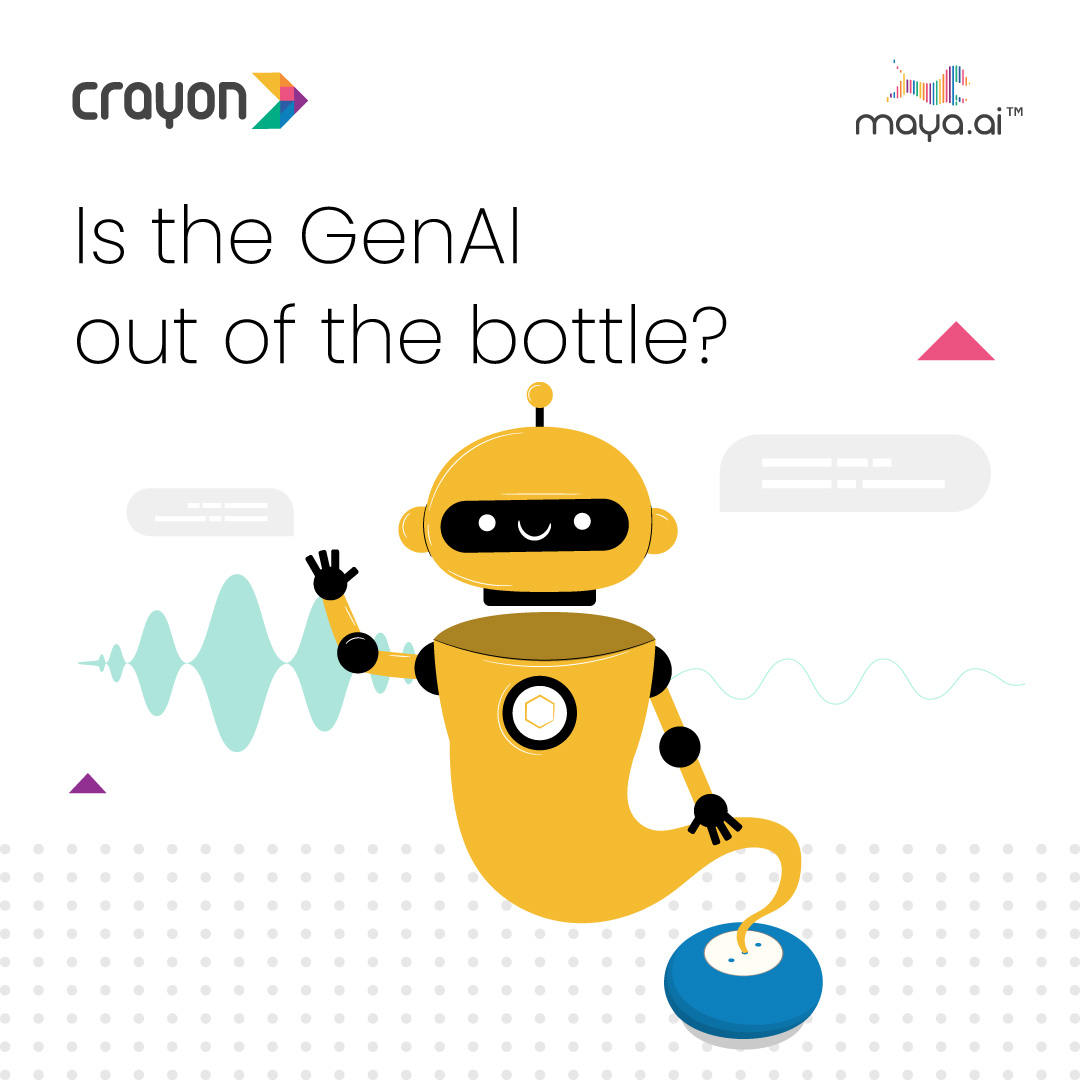
We’ve come a long way from, ‘Show me your friends, I’ll tell you who you are’. Today’s algos are smart enough to recommend what you should have for dinner, based on your order history. Across services, customers are demanding personalization. It’s no different for the food and beverage (F&B) industry. A Deloitte study found that 84% said they will return if a restaurant interacts with them on a personal level.
Experts like research consultant Chris Miller envision a future where, “The ultimate outcome may be ‘personalized restaurants’ – where each step of the restaurant experience meets individual customer needs, bringing the overall brand promise alive in individually relevant ways.”
Getting personal
During the pandemic, we’ve realized the immense investment and labor that goes into food preparation. From dalgona to sourdough, social media food trends birthed experimental chefs. Subsequently, Amazon reported a 50% growth in the sale of cookware and kitchen essentials.
Saleable moments were identified even while grocery shopping. AWS shared this use case where a recommendation engine suggests recipes based on ingredients that are in the cart. Personalization at this scale can deliver a 1 to 2% increase in total sales for grocery companies. And reduce marketing and sales costs by up to 20%. A win-win situation all around!
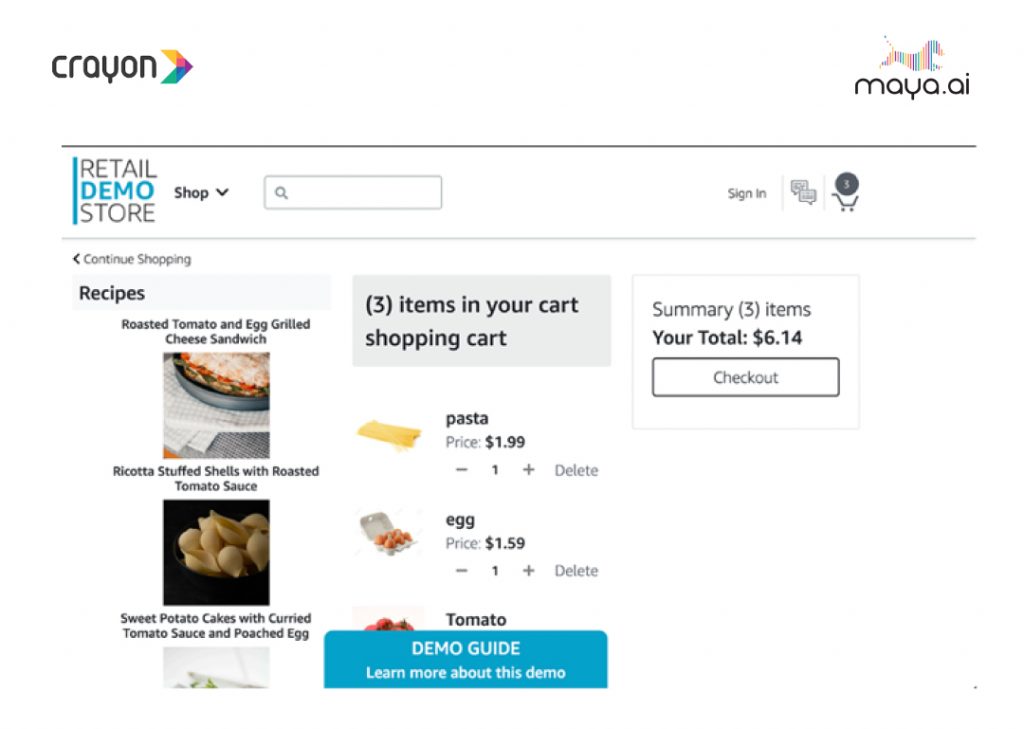
But before we knew it, we went back to food delivery apps like our lives depended on it (which it does, for entrepreneurs like me). The scale of growth was massive. According to Momentum Works, food delivery in SEA grew 183% from 2019 to 2020. Super apps like Grab and Gojek exploded.
The future of food is already here.
This isn’t a ‘trend’ that will pass any time soon. 60% of restaurant users say they will continue to order online from restaurants. Digital orders are expected to grow to over 50% of total industry sales by 2025.
American pioneer of software engineering Watts Humphrey predicted this tech takeover two decades ago. He believed, “Every business is a software business.” For F&B, it lies at the intersection of
- Restaurants / kitchens
- Tech + data platforms, and
- Fleets
Cloud kitchens, which follow this model, boomed during the pandemic. Simply because they’re so convenient. This has, of course, spurred debates on convenience vs [health] concerns, with merits on both sides. On one hand, it is stupid-easy, and time saving. On the other hand, it is habit-forming and propagates taste-driven over nutrient-driven consumption.
But the disruption began even earlier. Before 2020, only 24% of the consumers preferred to dine in. Post-Covid, the number further dwindled to 13%, thanks to the accelerated use of technology.
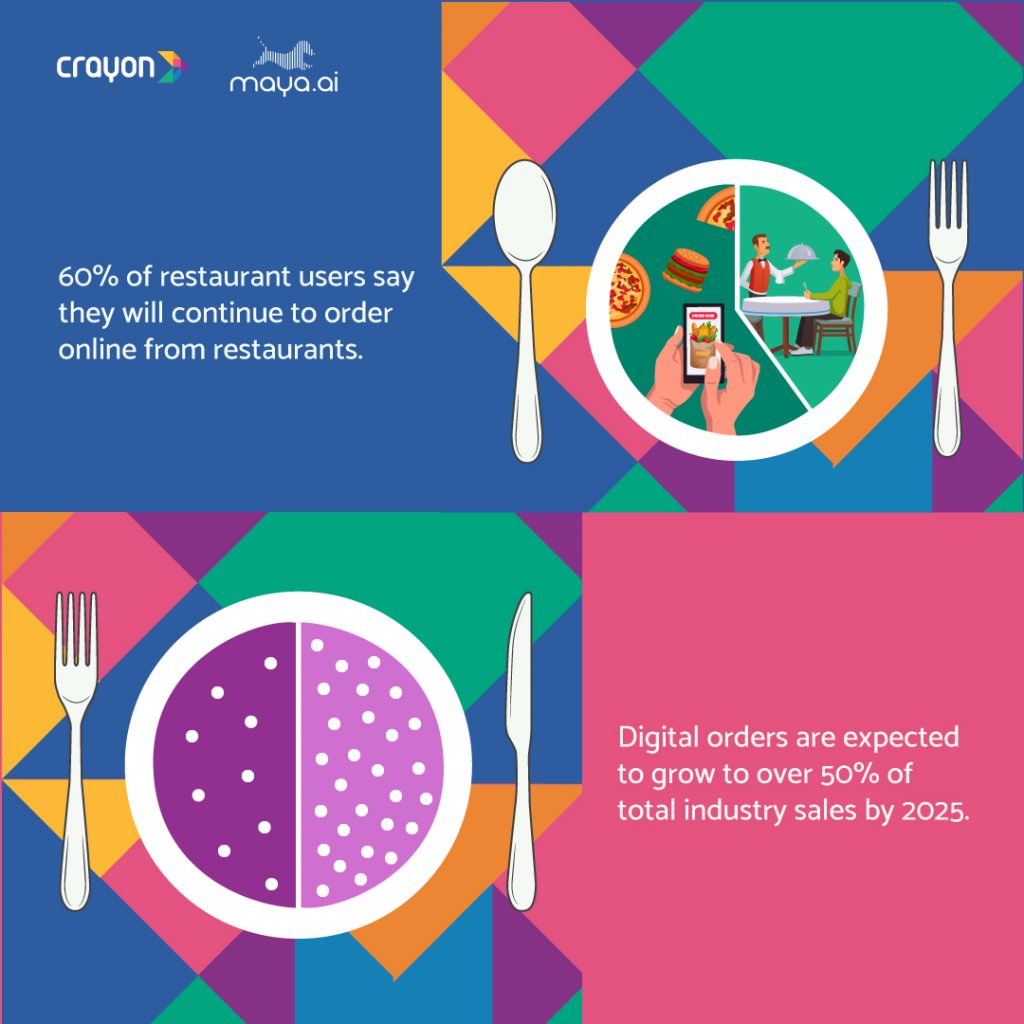
The secret ingredient? It ain’t sugar, spice, and everything nice!
It is, however, a seamless user experience. Created through the power of AI, big data, and full-stack restaurant models. You wouldn’t want to cross a hangry [hungry + angry] customer with a botched UI/UX. All hell would break loose!
For decades, optimizing production, distribution, and marketing in F&B has included a trial-and-error component. AI and data are changing this.
Let’s look at four areas it has had maximum impact, especially in the past couple of years.
1. Culinary innovation
Chefs enjoy collaborative menus. Sony has an AI tool that pairs ingredients based on flavor profile. It suggests combinations that can be used to create new dishes. Figuring out ingredients that appeal to customers is easier when you know their preferences. Such data and AI-powered menus can increase sales by appealing to a wider audience. But perhaps French chef Nicolas Maire, who has 18 Michelin stars to his credit, has the most unusual collaborator: Sam the AI robot. It lacks a sense of taste. But makes up for it by using ML to create the right blend of flavors for plant-based meat substitutes.
2. Inventory management
Restaurants also look to avoid spoilage and other losses. AI/ML platforms can cut costs by setting automatic processes for inventory supply, looking for trends, and optimizing for vendor/supply costs. It’s all about taking a less intuitive, more data-based approach.
3. Waste reduction
According to the UN Food Waste Index, about 40% of the food waste comes from food service and retail. Traditionally, this has been a management problem. Tools like Winnow Vision are changing this approach. With a camera and ML, it recognizes foods that are being disposed in the kitchen. The financial and environmental cost is calculated on a cumulative basis. Restaurants use this information to tweak their purchase decisions accordingly.
4. Customer experience
Data and number crunching isn’t just for back-end optimization anymore. Customer-facing tech advancements are now de rigueur. Wendy’s snarky tweets – and their burgers – have earned them a cult following. They now take their use of tech beyond social media, and plan to improve their order accuracy rate. It has been an area of concern for the fast-food giant: at 85.3%, they rank the worst out of the top chains. A recent partnership with Google Cloud will use analytics, ML, and hybrid cloud tools to improve guest experience and drive-thru business.
Today, it takes more time to pick what to eat than for an order to be dispatched. Combining a full stack model and a personalization platform will help customers drowning in a sea of choices. This combination can predict how popular a dish will be on a particular day, based on context, customer behavior and transactional data.
So, no more scrolling through an endless feed of restaurants only to go back and place an order for the usual. Instead, there will be personalized recommendations based on individual tastes.
Recently, Yi Sung Yong, founder of Grain and Atlas, and I delved deep into how a full-stack restaurant model is built. For more on this, and the future of F&B, tune into the latest episode of my podcast, Slaves to the Algo.

